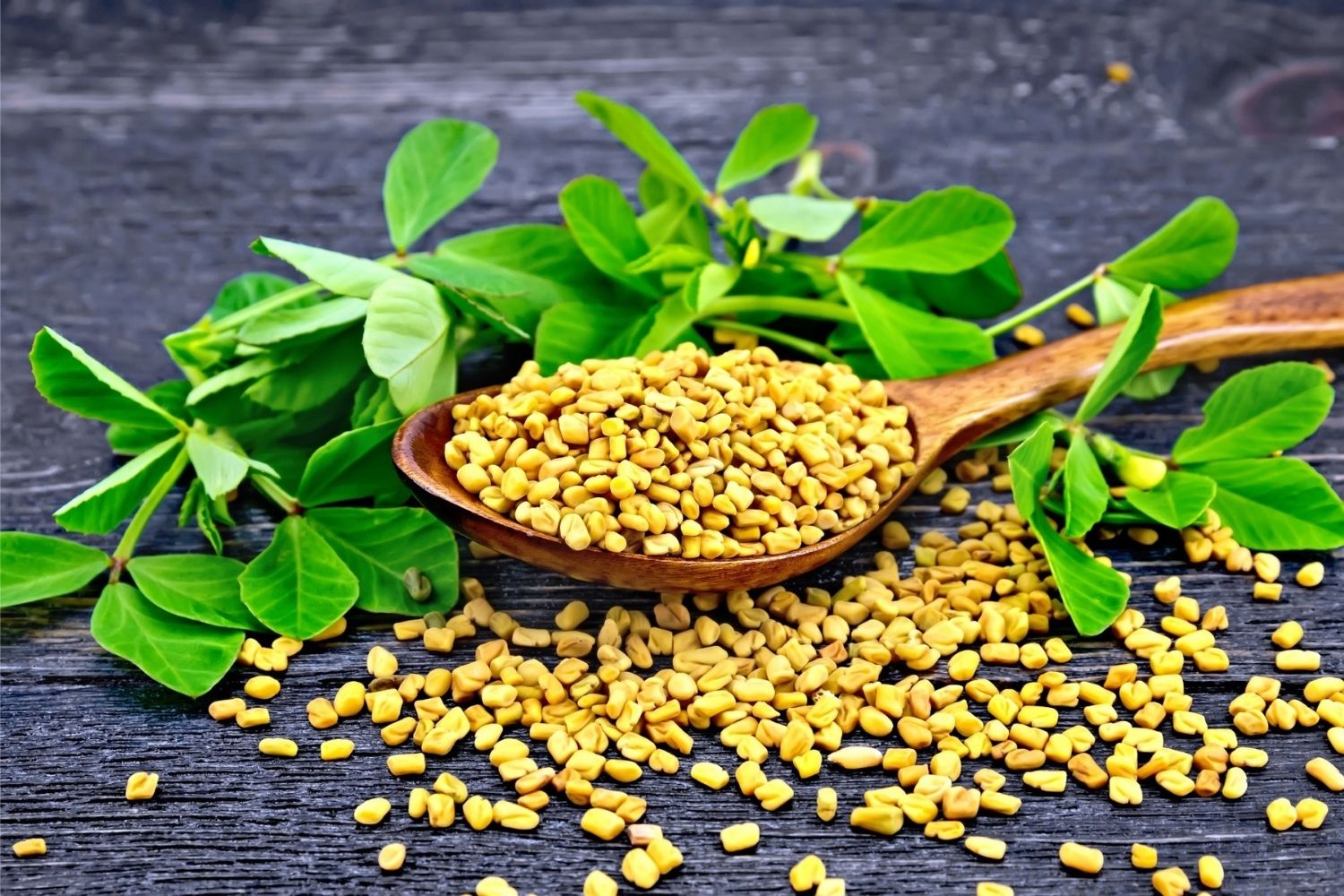
What is Fenugreek? Fenugreek is a plant known for its culinary and medicinal uses. Originating from the Mediterranean region, it has been a staple in kitchens and pharmacies for centuries. Why should you care about Fenugreek? This humble herb packs a punch with its numerous health benefits, including aiding digestion, reducing inflammation, and even boosting milk production in nursing mothers. Curious about its uses? Fenugreek seeds and leaves are versatile, finding their way into dishes, teas, and even beauty products. Ready to learn more? Here are 35 fascinating facts about Fenugreek that will make you appreciate this ancient herb even more.
What is Fenugreek?
Fenugreek is a plant that has been used for thousands of years for its medicinal properties and culinary uses. It’s known for its slightly sweet, nutty flavor and is a staple in many cuisines around the world. Here are some fascinating facts about fenugreek.
-
Fenugreek is native to the Mediterranean region, southern Europe, and western Asia.
-
The plant's scientific name is Trigonella foenum-graecum.
-
Fenugreek seeds are small, yellow-brown, and have a somewhat bitter taste.
-
The leaves of the fenugreek plant are also edible and often used in cooking.
-
Fenugreek is a common ingredient in Indian curries and spice blends.
Health Benefits of Fenugreek
Fenugreek is not just a culinary delight; it also offers numerous health benefits. Here are some of the ways fenugreek can improve your well-being.
-
Fenugreek seeds are rich in fiber, which aids in digestion.
-
The seeds contain compounds that can help lower blood sugar levels.
-
Fenugreek has been shown to increase milk production in breastfeeding mothers.
-
It contains antioxidants that help fight free radicals in the body.
-
Fenugreek can help reduce inflammation and pain, making it useful for conditions like arthritis.
Fenugreek in Traditional Medicine
Fenugreek has been used in traditional medicine for centuries. Its healing properties have been recognized in various cultures around the world.
-
In Ayurvedic medicine, fenugreek is used to balance the body's doshas.
-
Traditional Chinese medicine uses fenugreek to treat kidney problems and arthritis.
-
Ancient Egyptians used fenugreek to treat burns and other skin conditions.
-
Fenugreek was used by the Greeks and Romans as a remedy for various ailments.
-
It has been used in Middle Eastern medicine to treat diabetes and digestive issues.
Nutritional Profile of Fenugreek
Fenugreek is packed with essential nutrients that contribute to its health benefits. Here’s a closer look at its nutritional profile.
-
Fenugreek seeds are a good source of protein, making them a valuable addition to vegetarian diets.
-
They contain vitamins A, B6, and C, which are essential for overall health.
-
Fenugreek is rich in minerals like iron, magnesium, and manganese.
-
The seeds contain saponins, which have cholesterol-lowering properties.
-
Fenugreek is also a source of soluble fiber, which can help manage weight and improve heart health.
Culinary Uses of Fenugreek
Fenugreek is a versatile ingredient that can be used in various dishes. Its unique flavor enhances many recipes.
-
Fenugreek seeds are often roasted to reduce their bitterness before being used in cooking.
-
The seeds can be ground into a powder and used as a spice in curries and stews.
-
Fenugreek leaves, known as methi, are used fresh or dried in Indian cuisine.
-
The seeds are a key ingredient in the spice blend known as panch phoron, used in Bengali cooking.
-
Fenugreek can be used to make herbal tea, which is believed to have numerous health benefits.
Growing Fenugreek
Fenugreek is relatively easy to grow, making it a popular choice for home gardeners. Here are some tips for growing your own fenugreek.
-
Fenugreek can be grown from seeds, which should be soaked overnight before planting.
-
The plant prefers well-drained soil and a sunny location.
-
Fenugreek can be grown in pots or directly in the ground.
-
It typically takes about 3-4 weeks for fenugreek to grow from seed to harvest.
-
Both the leaves and seeds can be harvested and used in cooking.
Fun Facts about Fenugreek
Fenugreek has some interesting and lesser-known facts that make it even more intriguing.
-
The name "fenugreek" comes from the Latin word for "Greek hay."
-
Fenugreek is sometimes used as a natural flavoring in artificial maple syrup.
-
The plant has a strong aroma that can make your sweat smell like maple syrup if consumed in large quantities.
-
Fenugreek is used in the production of imitation vanilla flavoring.
-
The seeds can be sprouted and added to salads for a nutritious crunch.
Fenugreek's Fascinating Facts
Fenugreek isn't just a kitchen spice; it's a powerhouse of benefits. From boosting digestive health to enhancing skin care, this humble herb packs a punch. Its anti-inflammatory properties can help with arthritis, while its antioxidants fight free radicals. Fenugreek seeds can even aid in weight loss by curbing appetite.
For new moms, fenugreek can increase milk production. Diabetics might find its ability to regulate blood sugar levels helpful. Plus, it’s a natural remedy for menstrual cramps and menopause symptoms.
Incorporating fenugreek into your diet is easy. Add it to soups, salads, or even smoothies. Whether you’re looking to improve your health or just spice up your meals, fenugreek is a versatile and valuable addition to your pantry. Give it a try and see the benefits for yourself!
Was this page helpful?
Our commitment to delivering trustworthy and engaging content is at the heart of what we do. Each fact on our site is contributed by real users like you, bringing a wealth of diverse insights and information. To ensure the highest standards of accuracy and reliability, our dedicated editors meticulously review each submission. This process guarantees that the facts we share are not only fascinating but also credible. Trust in our commitment to quality and authenticity as you explore and learn with us.
